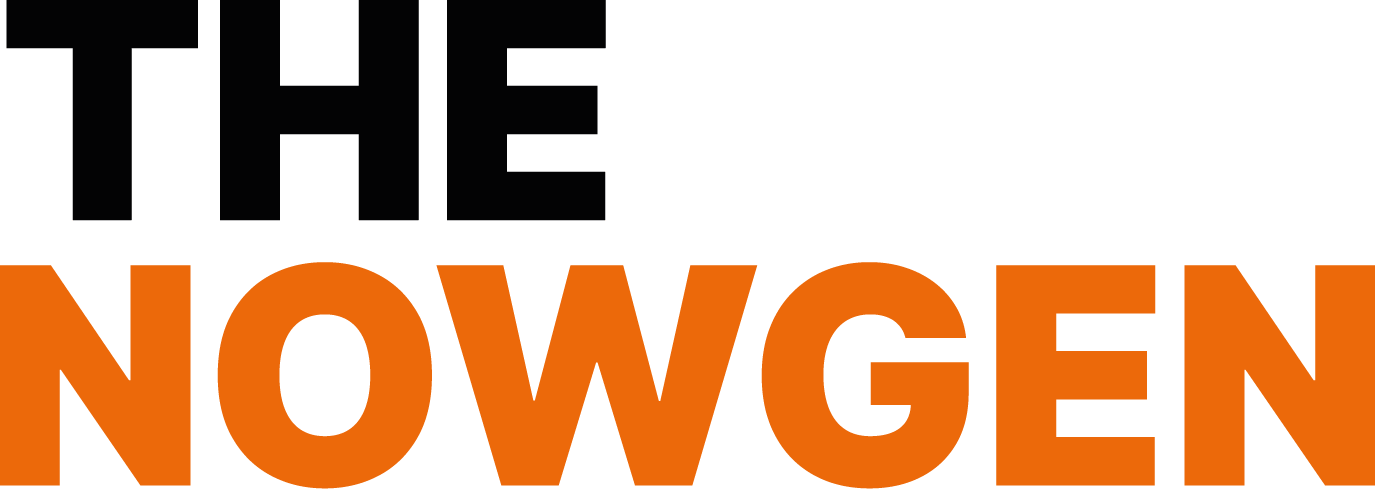
As we all know, Covid-19 accelerated digitalization by years like never before. The urge to keep brands relevant in a contactless world pushed companies to look for data-driven ways to reach customers. This behavioral shift became the key factor for CEOs in changing how they perceived CMOs.
According to Deloitte’s Marketing trends, the CMO role has gained tremendous momentum over the last 20 months. At the beginning of that period, only 46% of CMOs said they had a significant impact in C-suite conversations relating to marketing strategy. Now, this number is double at 81%.
One of the reasons CMOs are becoming a much more essential piece across different departments is their direct access to data. The CMO’s day-to-day involves obtaining data, analyzing it, and coming up with innovative solutions across the customer journey. These actions are a necessary support to other company areas.
Let’s take sales, for example. Before the pandemic, the sales team usually dealt with their customers face-to-face. Now, sales has to lean on the marketing team to generate leads across the digital platforms and create strategies that generate higher profits and strengthen relationships with users.
One of the many successful examples was Coty’s Live Beauty Event with People Magazine; A 3-day event where different influencers and makeup artists from the beauty industry live-streamed tutorials, tips, and trends. During the event users were able to buy the products from the brands’ Ecomm platforms and access exclusive content afterward. This campaign was one way for sales and marketing to join forces and turn social media into an accessible experience for customers.
CMOs and marketing leaders have also become critical players in predicting the future of a company according to the demands of today’s world. However, as the industry’s environment is constantly changing, CMOs must go a step further by becoming top strategists with a global vision and having the ability to implement a cultural shift across every area of their companies with the help of the available data.
CMOs have to be the ultimate professionals delivering the right content to their over-saturated users. A skilled CMO has the power to use traditional channels intelligently to create much more relevant, compelling, and actionable content for customers in a much more agile way than other departments. Fernando Machado, CMO of Activision Blizzard, suggests, “If you continue to play safe unless you have an outrageous amount of budget, people aren’t even going to notice,” meaning that creativity is, and will always be, an essential asset for brands. It’s the window for creating relevant solutions.
Learn more on how CPG CMOs are changing the game to win 2022 in our White Paper. Download it for FREE here:



















